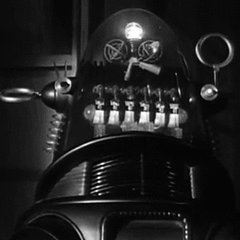MSI bios help? UEFI+Legacy->UEFI
I am not completely sure if Windows 8.1 still can't read RAID arrays, so try it woth out loading the drivers, but if required at the partitioning step there should be an option and you just put in the DVD that came with the motherboard for the drivers when prompted, also I forgot to say remember to rewrite the partition table as GPT, to do that press Shift + F10 to open CMD, type in the following order
NOTE: "disk number" = e.g 0, 1 or 2
- diskpart
- sel disk "disk number"
- convert gpt
Sorry for triple post. Anyways, I changed my bios to UEFI only, and enabled "Windows 8.1" feature on my mobo... I did not enable secure booot but that's what I'm going to do right now... I installed windows 8.1 after deleting all my drives in the partition manager, and created them as a "new drive" any of the old drivers windows would refuse to read.. Anyways I created them as fresh drives aswell as my raid config... Doing so it created a "Healthy 300mb" partition on my 2 storage drives, god knows why? Anyways my raid has 3 partitions... recover Partition(300MB) and EFI system partition(100MB) aswell as the 465.25GB for the main healthy partition.... I'm installing my drivers now so I can actually access the damn bios. My Razer keyboard doesn't activate when I boot.. and I noticed it being 20x faster to reboot now... so yeah ![]() Thanks for the help guys, I think I can handle it from here
Thanks for the help guys, I think I can handle it from here ![]() /thread
/thread



















Create an account or sign in to comment
You need to be a member in order to leave a comment
Create an account
Sign up for a new account in our community. It's easy!
Register a new accountSign in
Already have an account? Sign in here.
Sign In Now